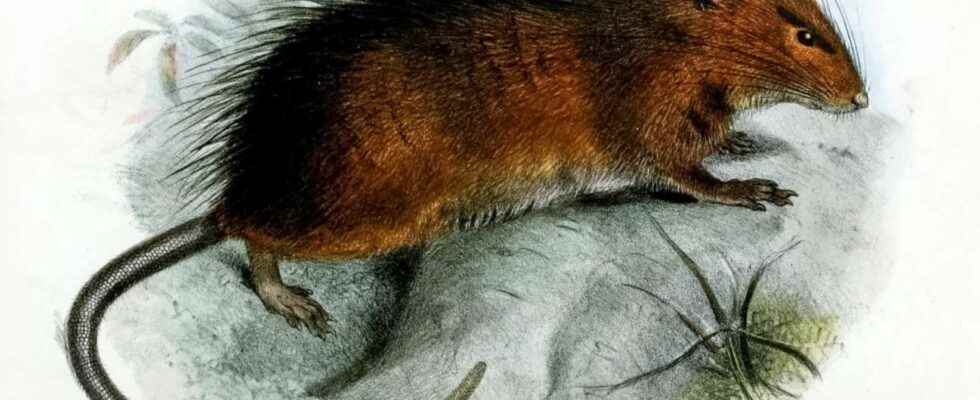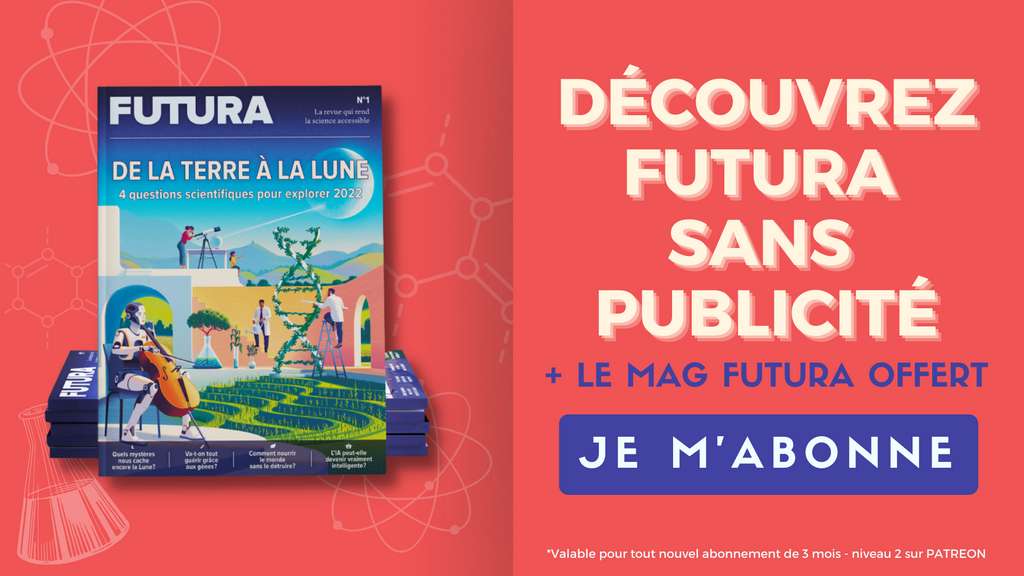You will also be interested
[EN VIDÉO] Biodiversity: have we entered the sixth mass extinction? In recent years, biodiversity has regularly made the front page of the media. She would be collapsing. In 40 years, the number of wild vertebrate populations has declined by 60%, according to the WWF. To the point of asserting that humanity is causing the 6th mass extinction? Gilles Bœuf, president of the scientific council of the French Agency for Biodiversity, reveals his arguments on the question.
For more than a century, human activities have caused the decline or even disappearance of thousands of animal and plant species. The extinction of some of them is directly caused by the interest they have generated for humans. This is for example the case of the three species of sleep present on the islands of the Indian Ocean and the last of which disappeared in 1790, in particular because of its overexploitation and the destruction of its habitat by Man. Other groups of animals, such as mammoths, owe their disappearance to several factors of climatic and genetic origin. The fact today of concentrating on the protection of species that still exist does not prevent those that are extinct from being a source of fantasies, all the more so if they reached a large size, had a morphology singular or were particularly terrifying.
Unlike science fiction, the science of “de-extinction” of species is more often concerned with small now extinct species, less publicized and with an unsurprising morphology. The reason for this is that researchers need to use very well-known extant species that are genetically close to the extinct species of interest and are large enough to enter and handle easily in a laboratory. Experiments to “resuscitate” dinosaurs and mammoths are therefore not the most common…
Restore pieces of the species…but not the species
In contrast, a research team published an article in the journal Current Biology about the “de-extinction” of the Christmas Island rat (Rattus mcleari, north-west Australia) who died between 1898 and 1908, as well as about the limitations of this science in general. In this article, the authors report that there are three methods to “de-extinguish” a species: back breeding (selection in current species of characters present in the extinct species), the cloning and the genetic engineering. They explain that the latter method is the most likely to work on a large number of extinct species but that it depends on the quality of the reconstruction of the genome of these.
There are three methods to “de-extinguish” a species: back breedingcloning and genetic engineering
The study authors re-sequenced the genome of the Christmas Island rat and overlaid it with those of current representatives of the genus Rattus in order to recover from them the missing portions of the genome of the extinct species. However, they found that almost 5% of this genome was unrecoverable despite the very good quality of the sequences genomics current species. This is due to the evolutionary divergence that has taken place between current species and R.mcleari since its extinction. In addition, more than 1,600 Genoa (among 34,200) of R.mcleari have a sequence that is less than 90% complete and 26 are completely absent.
The authors also highlight the fact that these lost sequences do not seem to concern random genes and that they greatly affect those involved in theolfaction and the immune response. If the genome of R.mcleari or any other extinct species were to be used to recreate a current species, it would therefore be very different from the one that has disappeared. It is in this sense that the scientist Ben Novak, who specializes in the rescue genetic and “de-extinction”, says that it is possible to create species similar to extinct ones but that ” you can never bring back something that’s gone “.
Right now, receive the Mag Futura for free by subscribing to our subscriptions!
Did you know that you can access Futura without ads via our subscriptions?
At the moment, you can discover this advantage with our special offer: subscribe to the “I participate in the life of Futura” (for a minimum of 3 months) and receive the Mag Futura at home* (worth €19)!
*Mag Futura is sent after the third month of registration.
Interested in what you just read?

